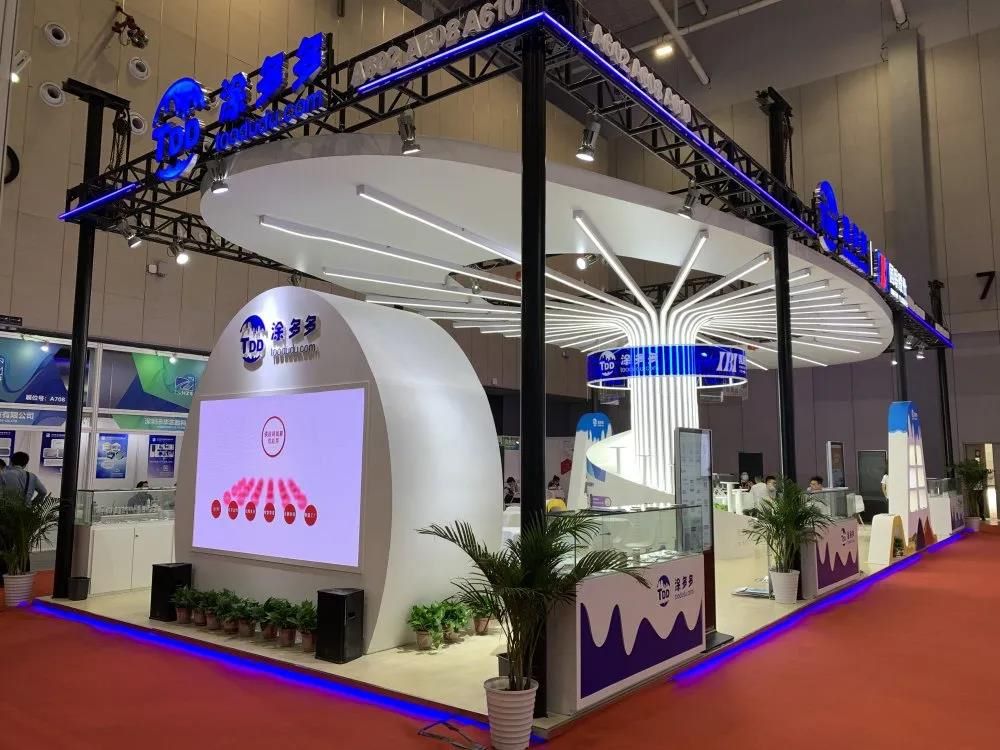TPMS Light On: How to Respond?
Tire pressure monitoring system (TPMS) is an important safety configuration of modern vehicles. It monitors tire pressure, temperature and other data in real time through sensors installed in the tires, and warns the driver through the dashboard indicator light.
Depending on the model, TPMS is divided into direct type (directly measuring tire pressure through sensors) and indirect type (monitoring tire speed difference through the ABS system), but their warning logic is basically the same: when the tire pressure is abnormal (25% lower than the standard value or higher than 30%), the sensor fails or the system is abnormal, the indicator light will remind the driver in different forms such as constant light and flashing.
Accurate judgment and response strategies for different warning modes
(I) Scenario 1: Tire pressure monitoring light is always on (not flashing)
Warning meaning:
This state indicates that the tire pressure of at least one tire is significantly deviated from the standard value (usually 20%-30% lower than the recommended tire pressure), which may be caused by long-term air leakage, valve aging, tire nails, etc.
Emergency response steps:
Slow down immediately and avoid sudden braking or high-speed driving: low tire pressure will cause excessive deformation of the tire sidewall, causing overheating and even the risk of tire blowout.
Stop the vehicle in a safe area and check the appearance of the tires:
Observe whether the tires are obviously leaking, bulging, or punctured by foreign objects (such as nails).
If the tread is damaged, do not continue driving, replace the spare tire or seek help.
Use a tire pressure gauge for precise measurement:
Reference to the standard tire pressure value (e.g. 2.3-2.5Bar) on the inside of the vehicle's B-pillar or fuel tank cap, check the tire pressure of the four tires one by one.
If the tire pressure of a tire is more than 0.5Bar lower than the standard value, it needs to be inflated to the specified value; if it leaks again within a short period of time after inflation, it needs to be repaired immediately.
Reset the TPMS system:
After inflation, most vehicles can reset the tire pressure data through the dashboard menu or a dedicated button (see the vehicle manual for specific operations).
The system of some models will automatically recognize the new tire pressure and turn off the indicator light after driving 5-10 kilometers.
Risk warning:
Long-term neglect of abnormal tire pressure will lead to uneven tire wear (increased wear on one side), shortened service life, and increased fuel consumption (fuel consumption increases by 1.5% for every 0.1Bar below the standard value of tire pressure).
If the tire pressure of all four tires is normal, but the indicator light is still on, it may be due to a sensor battery failure (the service life is about 5-7 years) or a system false alarm, which requires professional inspection.
(II) Case 2: The tire pressure monitoring light flashes and then stays on
Warning meaning:
Flashing stage (60-90 seconds): usually indicates that the TPMS is self-checking or the sensor signal is abnormal (such as strong electromagnetic interference, loose sensor).
Still on stage: It may be upgraded to abnormal tire pressure, or the system detects sensor failure and signal loss.
Countermeasures:
Preliminary investigation of environmental factors:
Whether the vehicle has been modified recently (such as adding metal wheels, electronic equipment, etc.), these modifications may interfere with the sensor signal.
In cold weather, the tire pressure will drop due to thermal expansion and contraction (the tire pressure drops by about 0.1-0.2Bar for every 10℃ drop in temperature), so it needs to be inflated to the standard value first.
Dynamic observation and system reset:
After driving for 10-20 minutes, observe whether the indicator light goes out. If the indicator light flashes and then goes out, it may be a false alarm caused by short-term signal interference or temperature changes.
If the indicator light continues to light up, use a diagnostic instrument to read the fault code (such as "sensor ID lost", "battery voltage low"), and replace the sensor or repair the circuit in a targeted manner.
(III) Case 3: The tire pressure light flashes intermittently or lights up randomly
Potential causes:
Aging of the internal components of the sensor (such as capacitor failure) leads to unstable data transmission.
Wheel speed sensor failure (indirect TPMS), misjudgment of tire speed difference.
Poor contact of the system harness (such as plug oxidation, vibration shedding).
Professional maintenance process:
Use dedicated diagnostic equipment:
Direct TPMS: Use the manufacturer's supporting tools to read each sensor ID, battery voltage, real-time tire pressure/temperature data, and locate the faulty sensor.
Indirect TPMS: Check whether the ABS wheel speed sensor signal is consistent, and eliminate problems such as bearing wear and sensor dirt.
Parts replacement and calibration:
Replace the faulty sensor (need to match the model year and sensor model), and perform the "sensor learning" operation (let the system recognize the new sensor ID).
After the wiring harness repair is completed, a road test is required to ensure that the signal transmission of each system is normal.
Daily maintenance misunderstandings and preventive measures
(I) Common misunderstandings
"Tire pressure light on = direct inflation":
If the tire pressure light is on due to sensor failure or system false alarm, blind inflation may cause excessive tire pressure and increase the risk of tire blowout.
"Spare tire does not need to monitor tire pressure":
If the spare tire is not used for a long time, it is easy to have insufficient tire pressure and needs to be checked regularly (especially for non-full-size spare tires, the standard tire pressure is usually higher than that of ordinary tires).
"The higher the tire pressure in winter, the safer it is":
The tire pressure can be appropriately increased by 0.1-0.2Bar in winter, but too high will reduce the tire contact area and reduce grip, especially on icy and snowy roads.
(II) Prevention suggestions
Regular active inspection:
Use a tire pressure gauge to check the tire pressure at least once a month (when the tire is cold) and check before long-distance driving.
Pay attention to tire wear marks (1.6 mm bulge in the tread groove). If the tire is worn to the same extent as the mark, it needs to be replaced immediately.
Optimize usage habits:
Avoid running over the shoulder and potholes to reduce tire impact damage.
Clean the stones in the gap of the tire regularly to prevent foreign objects from piercing the tread.
System maintenance cycle:
Replace the TPMS sensor battery every 3-5 years (some models require the sensor to be replaced as a whole).
After replacing the tire or wheel hub, please recalibrate the TPMS in time. Emergency treatment of special situations
(I) The tire pressure light suddenly lights up during high-speed driving
Keep calm and do not make sharp turns:
Release the accelerator, lightly step on the brake, and gradually reduce the speed to below 60 km/h.
Turn on the hazard warning lights, observe the rearview mirror, and slowly change lanes to the emergency lane.
Quickly check for leaks:
If the tire is seriously leaking, replace the spare tire and drive to the nearest repair station at a speed not exceeding 80 km/h.
If there is no spare tire or you don’t know how to replace it, please call the road rescue number (such as 12122) immediately to avoid danger caused by self-operation.
(II) Tire pressure management in extreme weather
High temperature in summer: It is recommended that the tire pressure be 0.1 Bar lower than the standard value to reduce the risk of tire blowout; avoid driving at high speed immediately after long-term exposure to the sun.
Low temperature in winter: The tire pressure of cold tires can be slightly higher than the standard value by 0.1 Bar. After driving, the tire pressure returns to the normal range to improve fuel efficiency.
Abnormal tire pressure is one of the main hidden dangers that cause traffic accidents. According to statistics, 46% of highway accidents are related to tire failures. Timely response to TPMS warnings can reduce the risk by more than 70%.
When the tire pressure monitoring light is on, please follow the principle of "calm judgment → accurate detection → symptomatic treatment" to avoid increasing losses due to misoperation and maximize driving safety. Please remember: every careful inspection of the tire is a respect and responsibility for life.











